The Sony World Photography Awards (SWPA) has announced that UK photographer, Craig Easton, has won Photographer of the Year for Bank Top, a series of portraits of a community in Northern England.
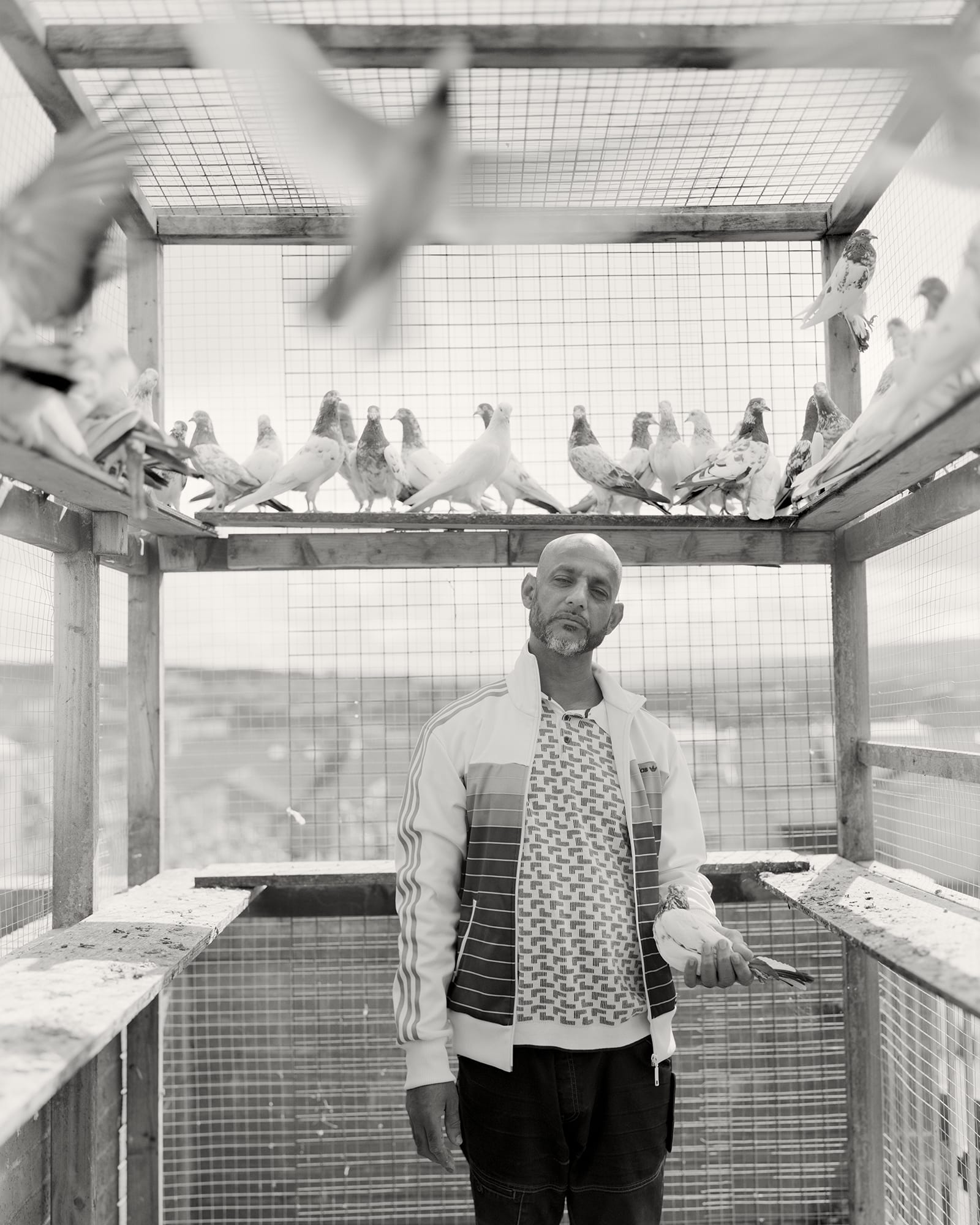
Easton shot the black-and-white photographs with the aim of breaking apart the mainstream narrative spun about the tight-knit and diverse communities in Blackburn, England.
Here’s the project description:
‘Bank Top, a collaboration with writer and academic Abdul Aziz Hafiz, examines the representation and misrepresentation of communities in northern England, and focuses on a tight-knit neighbourhood in Blackburn. Craig Easton notes that Blackburn has become synonymous with the use of words such as segregation (BBC Panorama) and integration (The Casey Review) by the media and policy makers – terms which he believes are too simplistic to explain the challenges faced by such neighbourhoods and towns. His aim with Bank Top is to confront what he sees as dominant discourses in the media which fail to acknowledge the historical legacy and social costs of industrial expansion and colonialism. This long-form collaboration uses the stories and experiences in Bank Top to address wider issues around social deprivation, housing, unemployment, immigration and representation, as well as the impact of past and present foreign policy.’
The project was captured in 2019 and 2020, and is part of Kick Down the Barriers, a funding initiative by the Blackburn Museum and Art Gallery to challenge misconceptions about the town.
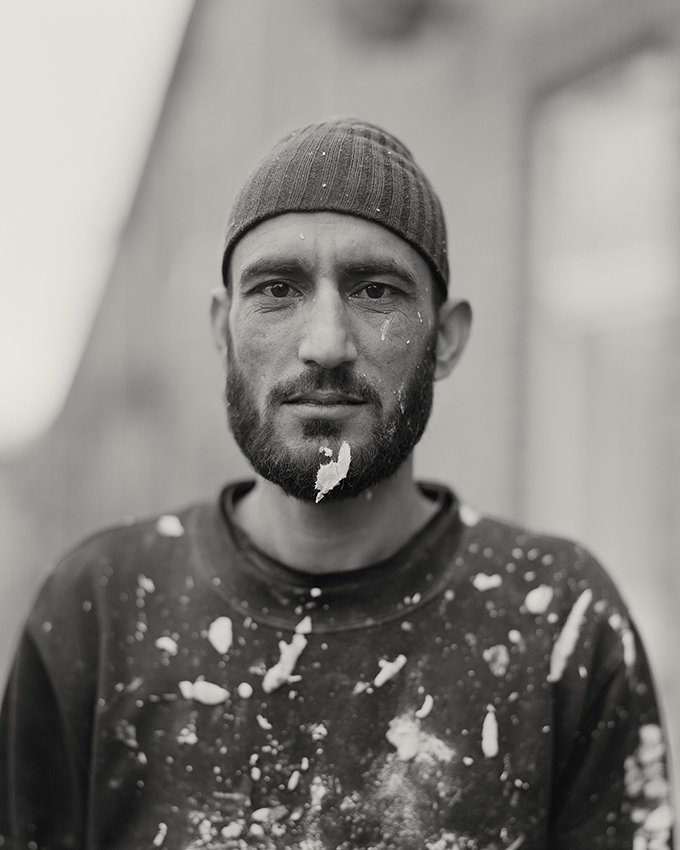
Easton shot the pictures on a 1950s-era 8×10-inch large format camera.
‘It’s on a tripod, and it takes me an age to set up, so I’m very visible,’ he told The Guardian. ‘But people are curious – and when they get to talking to me, they find that I’m curious about them, too, so I’m welcomed. I try to treat people as individuals. I don’t want them to feel that I see them only as representative of some particular type of person.’
The photographer doesn’t instruct subjects how to pose or how they should look. Speaking about the photo with Mohammed Afzal and the pigeons, he said:
‘I’d seen the loft at the back of his house, and I’d knocked on his door to ask if I could photograph him. The fifth or sixth time we made an arrangement to do this – I kept turning up, but he was always out – he’d just got home, and he was still in his work kit. I thought to myself: this is great. But who am I to say how he should look? He wanted to get showered and changed, and in the end I was pleased that I didn’t impose myself on him. It’s his picture, and he looks just as fabulous in his pristine tracksuit top and jeans.’
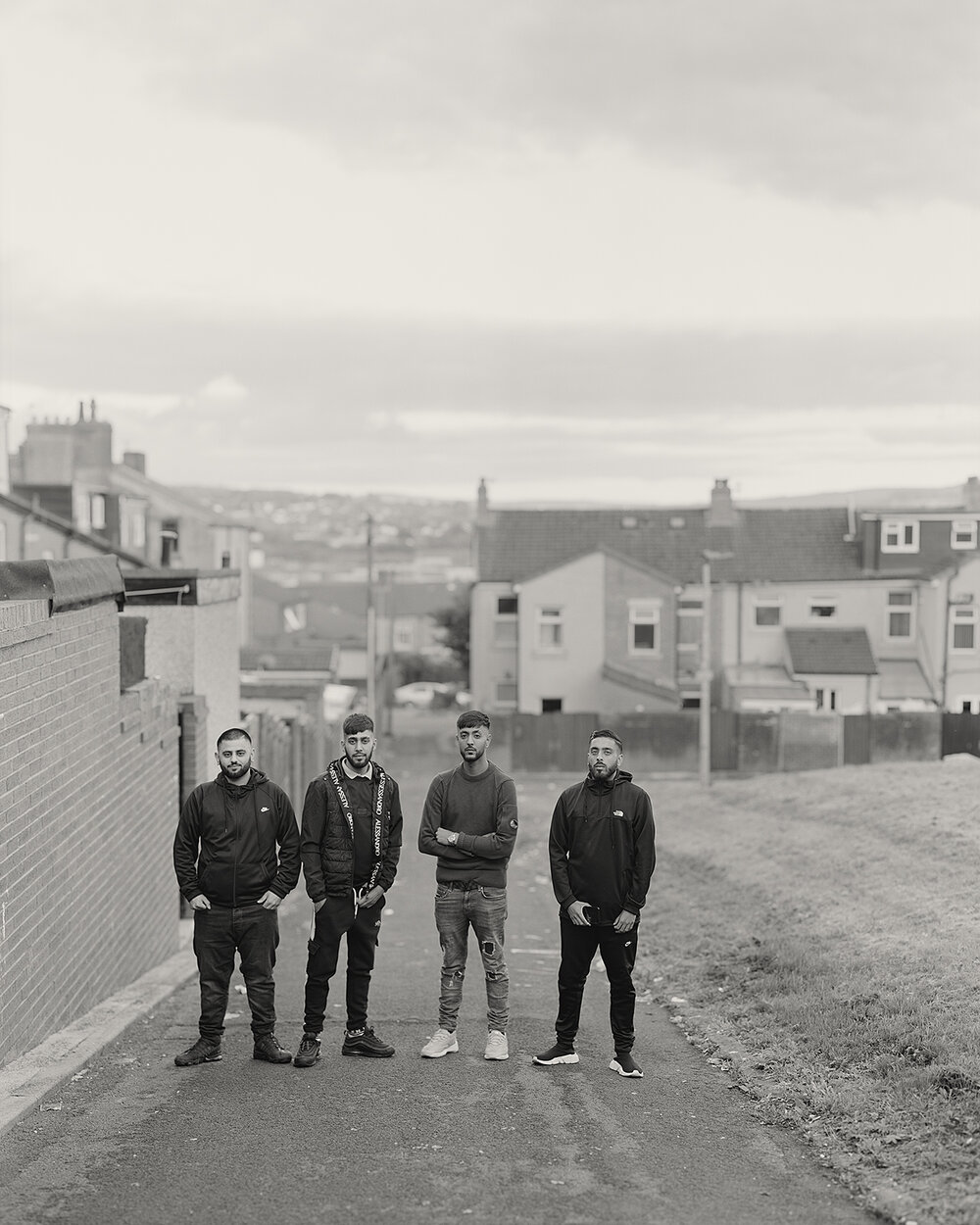
Blackburn has a large South Asian community, who had been invited to the town during a brief post-war boom to save the textile industry. ‘When that industry was later decimated, all the work went back to Bangladesh. So these kids were out on the streets, wearing clothes made by people in Bangladesh that would once have been made in Blackburn by their parents. I began to see a kind of connectedness in everything.’
Bank Top also won the Portraiture category.
The SWPA consists of 10 categories spanning a range of genres. Here’s a collection of winning images.
Architecture & Design – Tomáš Vocelka (Czech Republic)
The former Drnov military complex has been abandoned for 17 years when two friends, Martin Chlum and Michal Seba, bought the dilapidated facility in order to realise their dream of building a final resting place for pets. Explaining the reason for pursuing this project one of the owners reflects: ‘When my dog died, I found that there weren’t any places where I could take him for cremation or burial’. With the help of Czech minimalist architect Petr Hajek they established what is now known as the Eternal Hunting Grounds, a space comprising a mourning hall, a crematorium and approximately 40 hectares of surrounding land where wildlife can thrive.
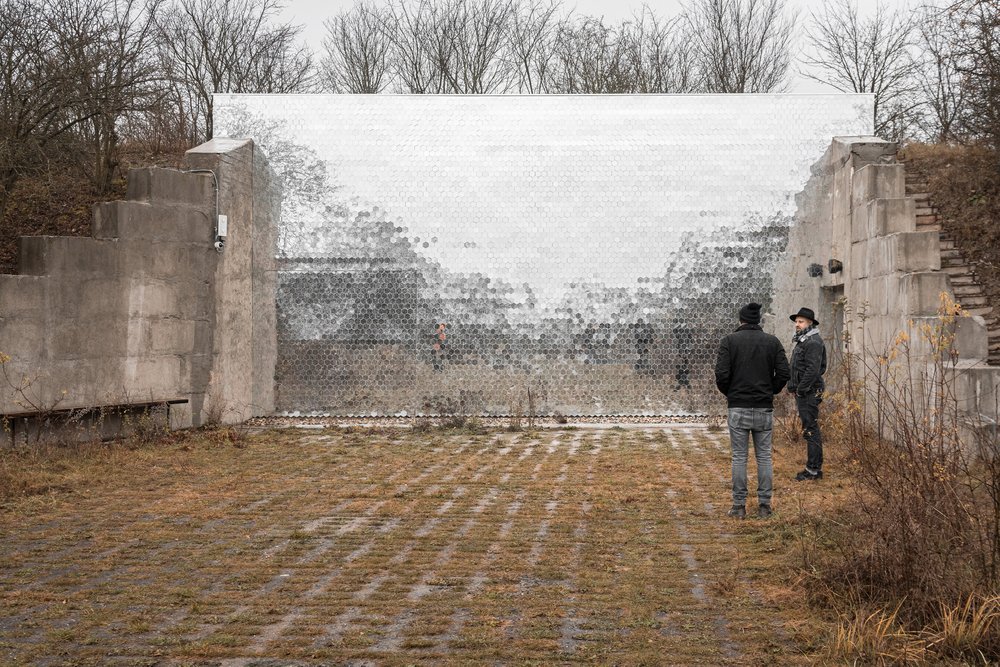
Creative – Mark Hamilton Gruchy (United Kingdom)
This body of work is made up of previously unprocessed images from NASA and the Jet Propulsion Laboratory. I have made my own images to express not only contemporary issues but also some that were relevant at the time of the Apollo missions. These are sourced from copyright-free materials that I have repurposed, processed and composited to create a conversation about the unchanging aspect of the Moon contrasted with the Earth, which continues to be a dynamic place where change cannot be prevented. With thanks to NASA and the JPL.

Documentary Projects – Vito Fusco (Italy)
The pyrethrum is known as the ‘flower of death’ – a nickname that neatly describes this delicate daisy imbued with murderous power. The pyrethrum is cultivated mainly in the hills of Nakuru in Kenya and is the arch foe of the insect world. When insects encounter the substance they are stunned into paralysis and then die. Used for centuries as a natural insecticide, it was only in the mid-20th century that pyrethrum made an impact on the global pesticides market, earning an eminent position among natural insecticides. During the 1980s, the pyrethrum crisis began, instigated by the chemical synthesis of pyrethroids that led to the manufacturing of cheaper but non-organic products. Today, however, this special daisy is being grown once again on the clay hills of Nakuru at an altitude of over 1,500m. The Kenyan government has decided to liberalise the production of pyrethrum, opening it to private companies in an ambitious attempt to revive the sector and help local farmers meet the growing global demand for organic products. Once sown, the plant provides a yield approximately every 15 days, all year round.
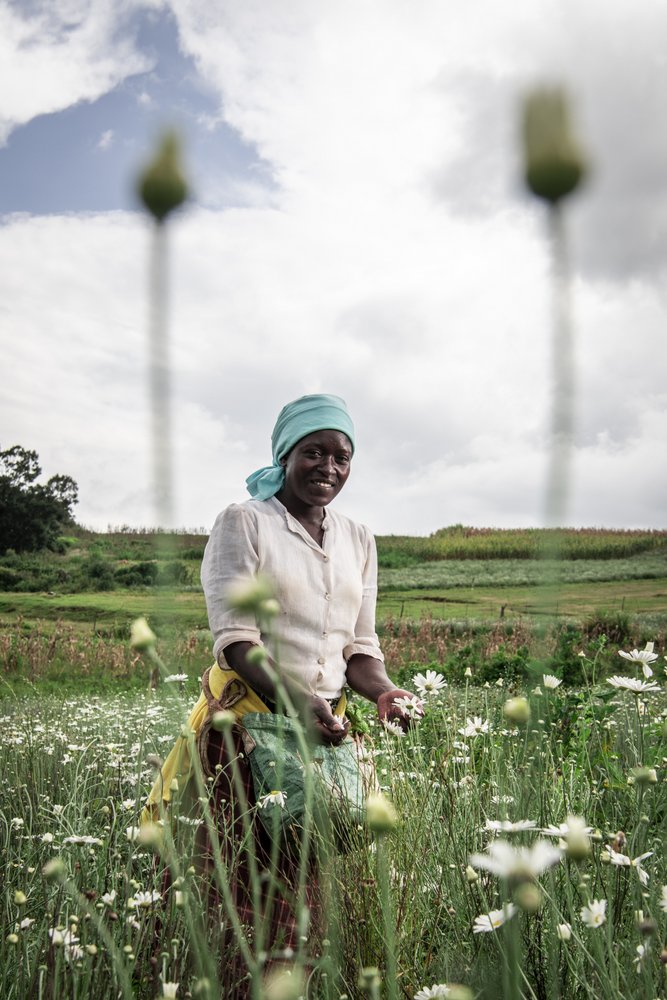
Environment – Simone Tramonte (Italy)
The coronavirus pandemic has led to the most severe economic downturn the world has seen in recent years. However, this crisis also presented countries with an unprecedented opportunity to shift towards sustainable living. Iceland is isolated and challenged by a harsh climate and following the financial crisis in 2008 has successfully transformed its economy through the use of renewable energy. In a few decades, the country moved away from fossil fuels to producing 100% of its electricity from renewable sources. This transition nurtured an ecosystem of innovation and entrepreneurship that grew profitable businesses aiming to make minimal impact on the environment. Thus Iceland has become a global leader in technologies that foster clean energy and emission reduction. This small nation presents many ways in which the global climate crisis can be tackled and is leading the transition to a net-zero sustainable future.
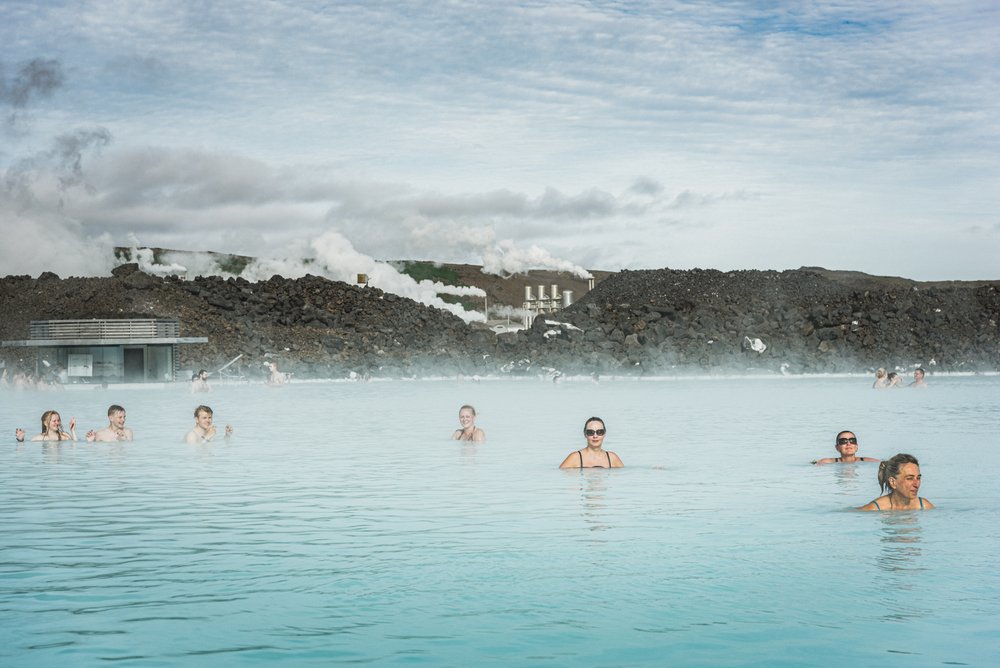
Landscape – Majid Hojjati (Iran)
Everything in life is made up of impressions from the past and whatever befalls us today. The fabric which took one form yesterday takes on a new form now. All creatures still fight for their survival. Nature is the battlefield. The forces of the world are as they have ever been; the waves of the sea, storms, the earth itself. But ultimately it is humanity, marching everywhere, claiming everything, proving to the world that it will endure. We strove to live, to take and to control, before even knowing what to call ourselves. We think we will last forever so we hunt, build, wear clothes and consume, changing our ideas and our tools over the years but never changing our ways. We chased after more and more and something was always left behind. Homes were abandoned, chairs left empty and clothes unworn, even the buttons of a shirt were lost. We have raced to eternity, knowing life is fleeting, leaving the lights on behind us as if to say that once upon a time we were alive. Here are the silent neighbourhoods: those places free of the presence of humanity. The noise of their silence can be heard everywhere – but here in these places we are condemned to hear nothing.
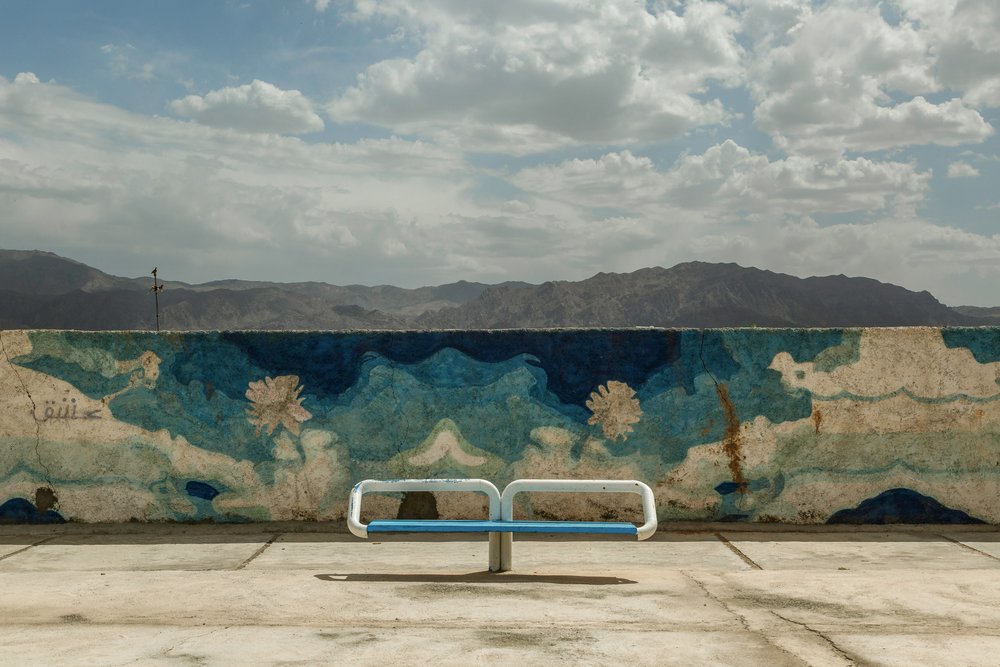
Portfolio – Laura Pannack (United Kingdom)
These images are from a variety of personal projects. All of my work is driven by research and building a connection with those I photograph, while vulnerability and honesty are at the forefront of my process. Such collaborations enable my imagery to be playful and push the boundaries of portraiture, while ensuring a foundation of trust is consistent. I believe images need to captivate and evoke emotion, and so, with every frame I shoot, I consider the elements within the frame and outside it. Symbolism is an important reference for my choices of composition and content.
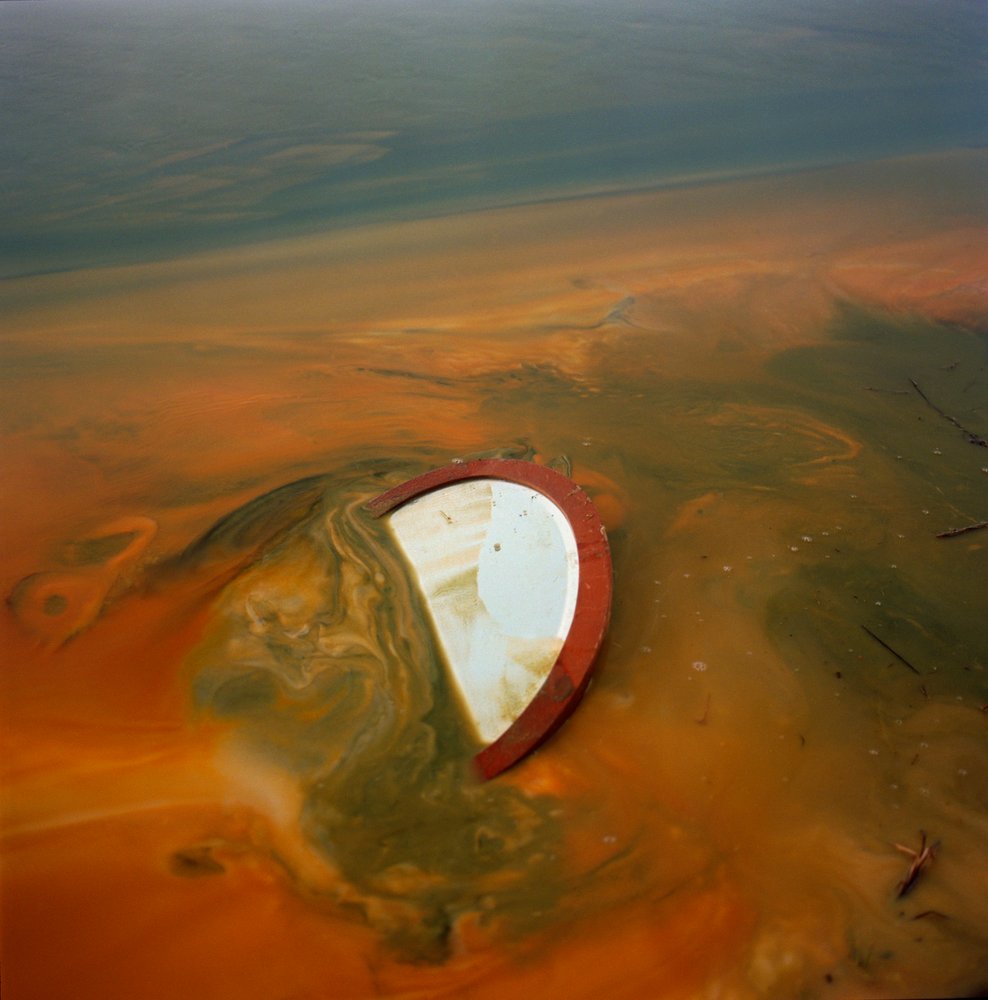
Sport – Anas Alkharboutli (Syria)
In the Syrian village of Aljiina, near the city of Aleppo, Wasim Satot has opened a karate school for children. What makes it special is that girls and boys with and without disabilities are taught together. They’re aged between six and 15 years old. With his school, Satot wants to create a sense of community and overcome any traumas of war in the minds of the children.
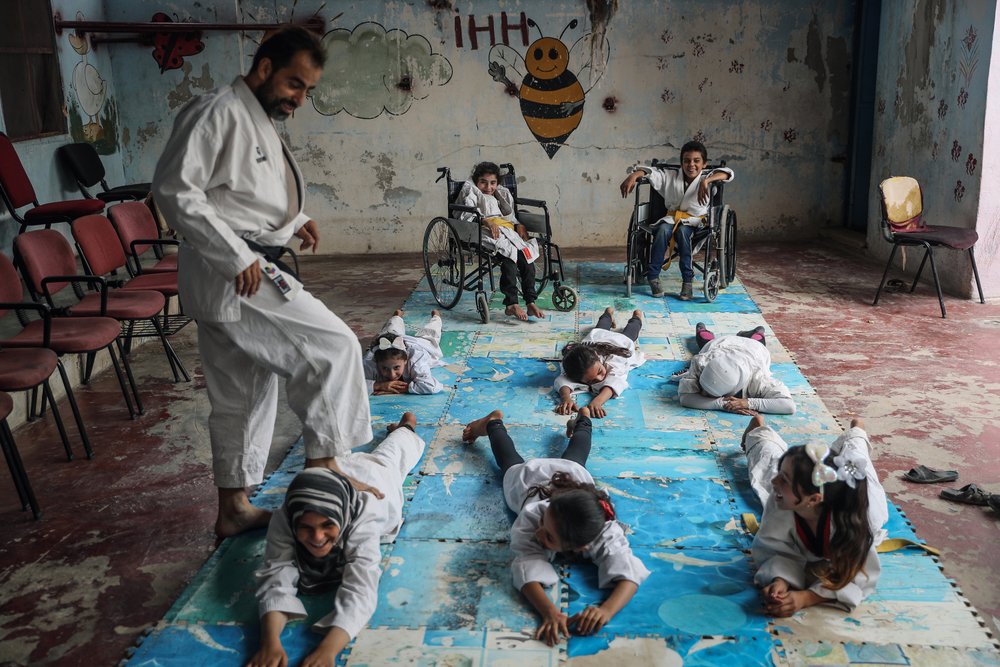
Still Life – Peter Eleveld (Netherlands)
For this project I used ordinary objects, like glassware, fruits and flowers and applied the wet plate collodion technique to turn them into something extraordinary. Once I found my subject I started imagining how it will look printed. This particular process requires a lot of patience and careful planning of composition, lighting and exposure times. The hard work pays off when finally it all comes together in one unique, magical moment as you watch the photograph slowly develop in front of your eyes. This moment doesn’t happen all the time but when it does you’re left with one of a kind image (plate).
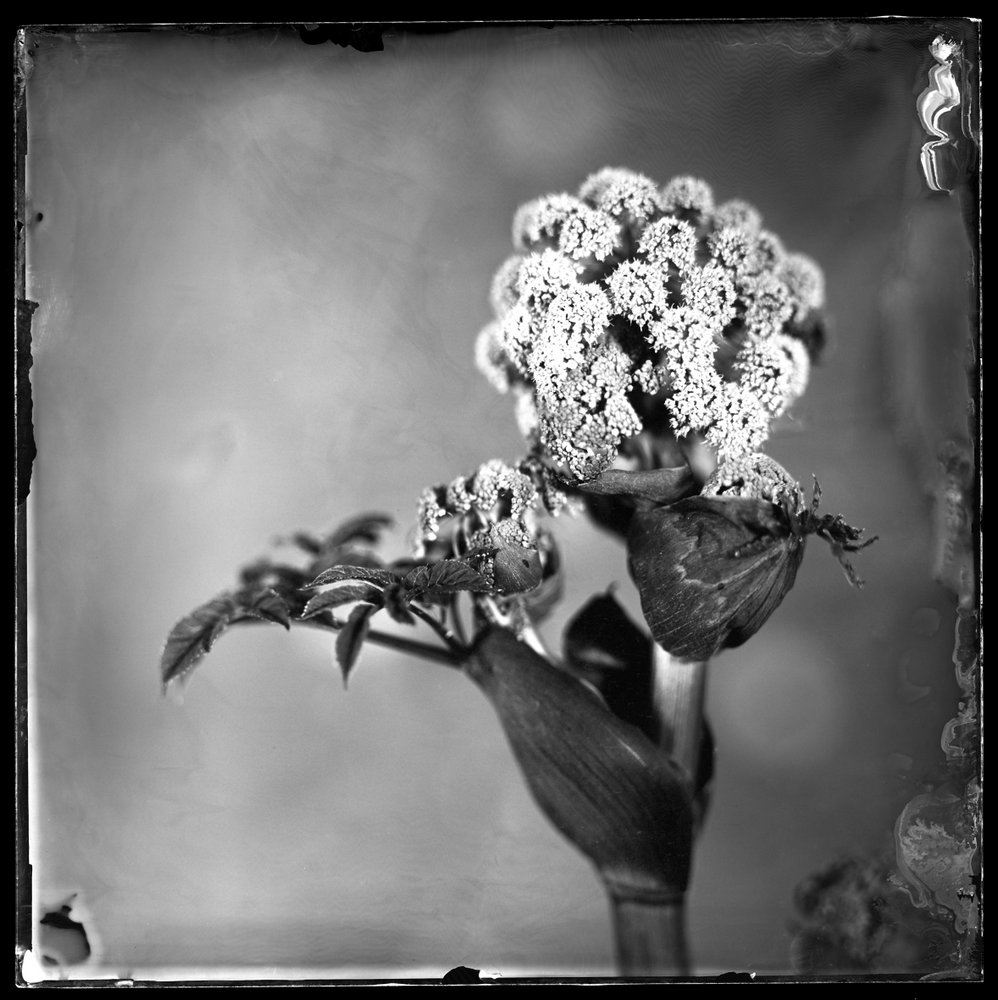
Wildlife & Nature – Luis Tato (Spain)
Desert locusts are the most destructive migratory pests in the world. Thriving in moist conditions in semi-arid to arid environments, billions of locusts have been feeding throughout East Africa, devouring everything in their path, and posing a huge threat to the food supply and livelihoods of millions of people. Farmers stand by as armies of ravenous insects eat their crops; meanwhile, herders watch the rangelands stripped bare before their livestock can get to them. Extreme rainfall events and severe weather anomalies have created ideal conditions for locust breeding and feeding. Swarms of desert locusts from the Arabian Peninsula began rampaging across East Africa in early 2020, devouring crop and vegetation where they landed. The crisis reached historic proportions, with 10 countries in the Greater Horn of Africa and Yemen experiencing infestations. Some areas of East Africa, such as Kenya, had not seen such severe desert locust outbreaks in more than 70 years. Covid-19 restrictions have significantly slowed efforts to fight the infestation, as crossing borders has become more difficult, creating delays and disrupting the supply chains of pesticides and products needed to prevent these pests from wiping out vegetation across the region and exposing millions of people to high levels of food insecurity.
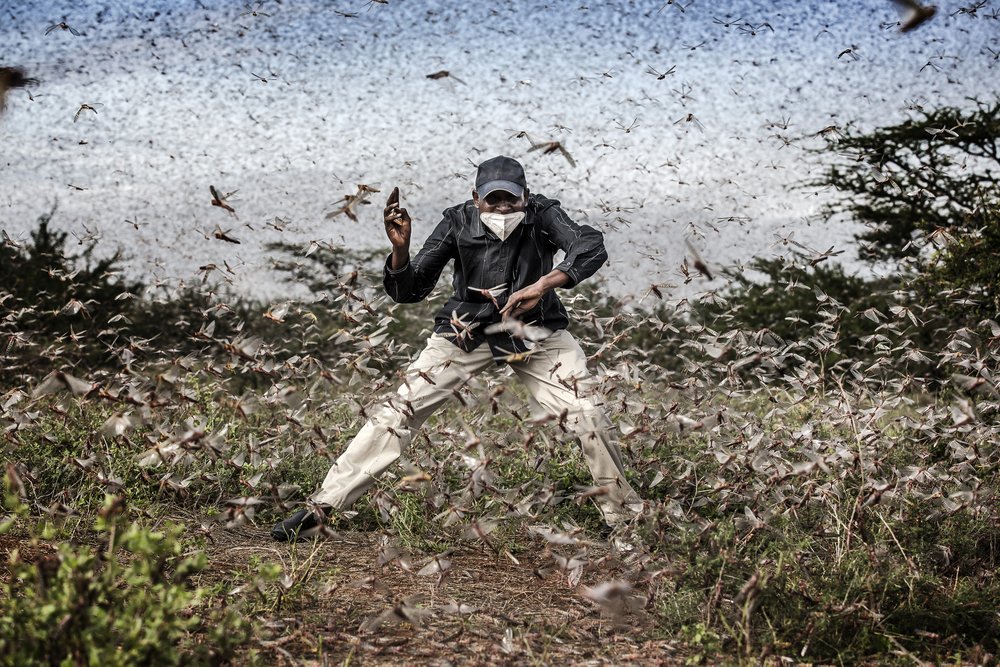





Be First to Comment